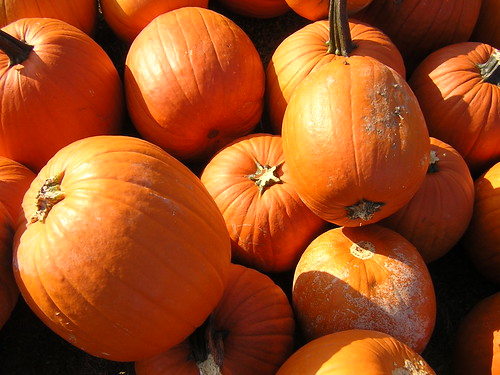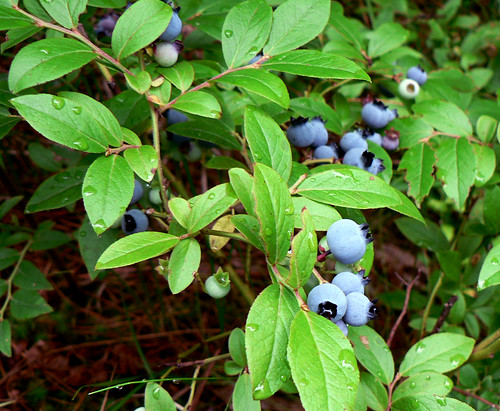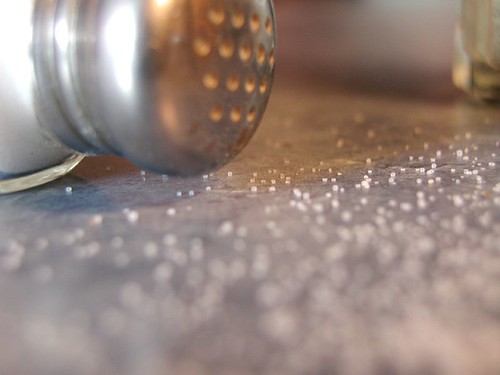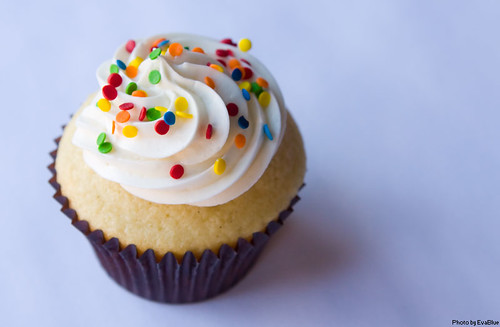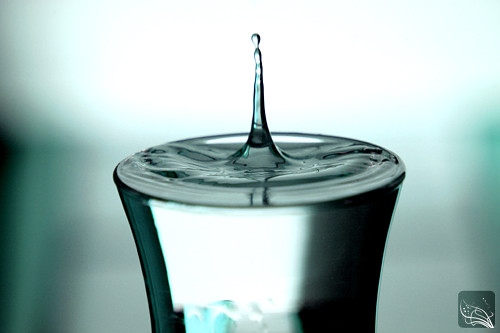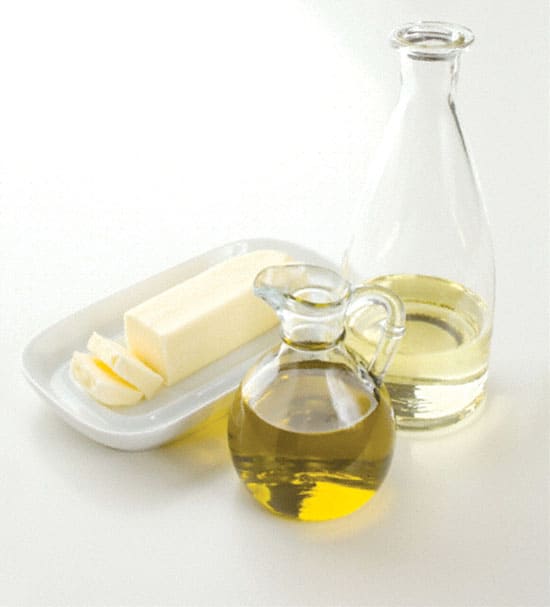
Which do you think is better for you, butter or margarine?
Ever since studies came out demonstrating that trans fat is more harmful than saturated fat in terms of heart health, there has been a movement to reinstate butter over margarine as the healthier solid fat. Personally, I think it’s being used as an excuse to eat butter. I mean who doesn’t like butter? When my oldest daughter was preschool age and we went out to a restaurant, she would take a pat of butter and just eat it plain while we were waiting for our food to arrive. I can still see that satisfied look on her face.
Butter is made by mechanically processing (churning) cream or milk turning it into a solid (or saturated fat) at room temperature. Margarine is made by chemically processing oil turning it into a solid fat. This chemical process is known as hydrogenation and the partially hydrogenated oils found in shortening and hard margarines contain the types of trans fats that lower the “good” fats in our bloodstream, high density lipoproteins or HDL.
In terms of heart health, anything that lowers HDL is a no-no. We want to raise HDL levels in our bloodstream – since HDL carry cholesterol to be eliminated by the liver, thus lowering the risk of atherosclerosis or heart disease. Both dietary fats, saturated and trans, raise the “bad” fats in our bloodstream known as low density lipoprotein or LDL. It is obvious that we want to limit saturated and trans fats in our diet, so when we do use a solid fat, which is healthier, margarine or butter?
Continue reading »
